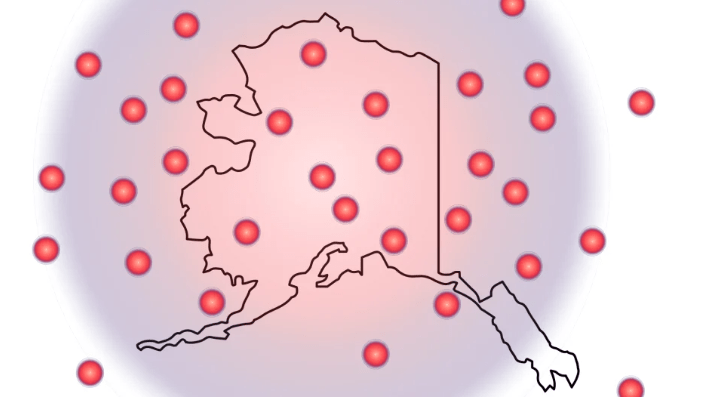Understanding Alaskapox: Symptoms, Transmission, and Concerns

What is Alaskapox?
Alaskapox, first detected in Fairbanks in 2015, belongs to the same virus family as smallpox and monkeypox. While primarily found in small mammals, it has also caused human infections, albeit rarely.
Symptoms of Alaskapox
Humans infected with Alaskapox typically exhibit skin lesions, accompanied by swollen lymph nodes, joint, or muscle pain. These lesions often resemble insect bites, leading to initial confusion.
Fatalities and Severity While Alaskapox can be fatal, particularly in immunocompromised individuals, most cases have resulted in mild illnesses that resolve within weeks. The recent fatality, involving an immunocompromised patient, highlights the potential severity of the virus.
Geographical Distribution Alaskapox infections have primarily been reported in Alaska, with the majority of cases concentrated in the Fairbanks area. Although no cases have been identified outside Alaska, health officials suspect the virus may exist in small mammals in other regions of the state.
Transmission and Origin The precise transmission mechanisms of Alaska pox remain under investigation. While animal-to-human transmission is suspected, human-to-human transmission has not been observed. Health experts recommend avoiding direct contact with lesions if infected and taking precautions to prevent potential transmission.
Kabaranlain: Unveiling the Latest News and Updates
Potential Source of Infection The source of Alaska pox infections, including the recent fatality, remains uncertain. Some experts speculate that the virus may have been transmitted from small mammals, with one case possibly linked to a cat scratch. Further research is needed to elucidate the origins and transmission pathways of Alaskapox.
Precautionary Measures Individuals infected with Alaska pox are advised to cover lesions with bandages, refrain from touching them, and avoid sharing personal items such as towels and bedding. While human-to-human transmission remains unconfirmed, these precautions aim to minimize potential risks.
In conclusion, while Alaskapox presents a concerning public health challenge, ongoing research and precautionary measures can help mitigate its impact and prevent further spread. Continued vigilance and collaboration among health authorities are crucial in addressing this emerging viral threat.